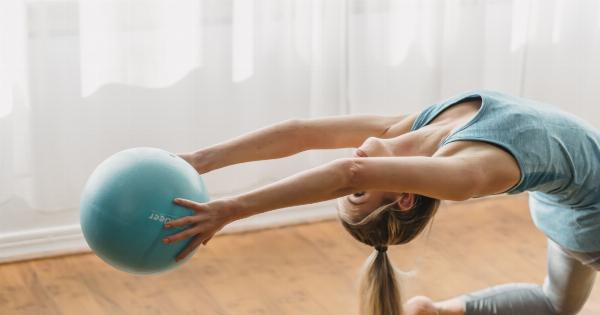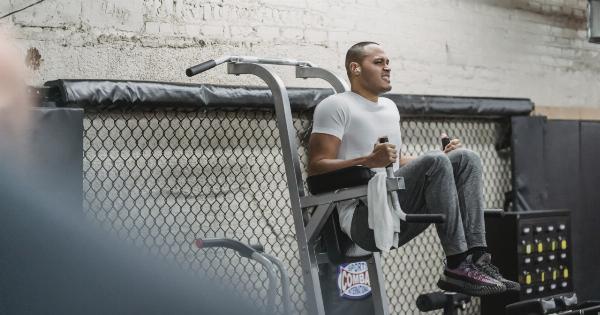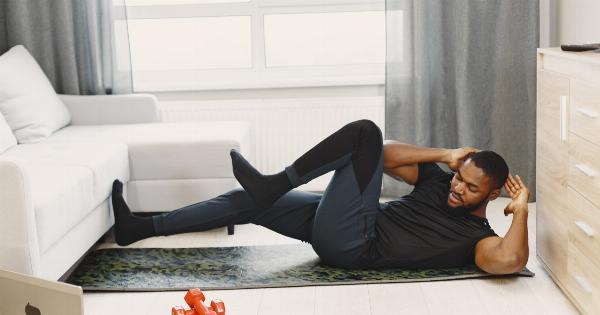Are you constantly hearing a popping, cracking, or grinding sound when you move your knees? Well, you are not alone. While knee noises may be uncomfortable or annoying, they are usually not a sign of any underlying problems.
However, if you experience pain or stiffness with the noise, then it may be a sign of a medical condition such as arthritis or injury.
To quieten your noisy knees, you can try some simple exercises that can help strengthen the muscles supporting your knees and relieve any discomfort. Here are some easy moves to get you started:.
1. Straight Leg Raises
This simple exercise helps strengthen the thighs, which in turn supports the knees.
- Lie flat on your back with one leg bent and the other straight.
- Tighten your thigh muscles and lift your straight leg about six inches off the ground.
- Hold for five seconds and then lower your leg back down.
- Repeat 10-15 times on each leg.
2. Wall Squats
This exercise helps strengthen all the muscles surrounding the knees, including the quadriceps, hamstrings, and glutes.
- Stand with your back against a wall and your feet hip-width apart.
- Slide your back down the wall until your knees are bent at a 90-degree angle.
- Hold for 10-20 seconds and then slowly slide back up the wall.
- Repeat for 10-15 repetitions.
3. Standing Calf Raises
This exercise helps strengthen the calf muscles, which can support the knees and reduce the risk of injury.
- Stand with your feet shoulder-width apart, holding onto a chair or wall for support.
- Raise up onto your toes as high as you can, keeping your knees straight.
- Hold for a few seconds and then slowly lower back down.
- Repeat for 10-15 repetitions.
4. Knee Extensions
This exercise helps strengthen the quadriceps muscles, which can help support the knees.
- Sit in a chair with your feet flat on the ground.
- Lift your right leg straight out in front of you, keeping it straight.
- Hold for a few seconds and then lower it back down.
- Repeat for 10-15 repetitions on each leg.
5. Seated Leg Raises
This exercise helps strengthen the hip flexors and thighs, which can in turn support the knees and improve mobility.
- Sit in a chair with your feet flat on the ground.
- Lift one leg straight out in front of you, keeping it straight.
- Hold for a few seconds and then lower it back down.
- Repeat for 10-15 repetitions on each leg.
6. Step-Ups
This exercise helps strengthen the quadriceps and glutes, which can improve knee stability.
- Stand in front of a step or stair.
- Step up onto the step with one foot, keeping your knee over your ankle.
- Step back down and repeat for 10-15 repetitions on each leg.
7. Hamstring Curls
This exercise helps strengthen the hamstrings, which can support the knees and improve mobility.
- Lie face down on a mat with your legs straight behind you.
- Bend one knee and bring your heel towards your buttocks.
- Hold for a few seconds and then lower it back down.
- Repeat for 10-15 repetitions on each leg.
8. Bridge Pose
This yoga pose helps strengthen the glutes and hamstrings, which can support the knees.
- Lie flat on your back with your knees bent and feet flat on the ground.
- Engage your core muscles and lift your hips up towards the ceiling, keeping your shoulders and feet on the ground.
- Hold for a few seconds and then slowly lower back down.
- Repeat for 10-15 repetitions.
9. Leg Presses
This exercise helps strengthen the quadriceps, hamstrings, and glutes, which can improve knee stability and mobility.
- Using a leg press machine, sit with your feet on the platform and your knees bent.
- Press your feet against the platform and straighten your legs.
- Keeping your knees slightly bent, slowly lower the platform back down.
- Repeat for 10-15 repetitions.
10. Walking
This low-impact exercise helps improve circulation, joint mobility, and overall fitness.
- Start with a slow and steady pace, gradually increasing your speed and distance as you feel comfortable.
- Try to walk for at least 30 minutes a day, five days a week.
- Wear supportive and comfortable shoes.
These exercises can help improve the strength and flexibility of the muscles surrounding your knees, which can reduce knee noises and discomfort.
However, if you experience pain or swelling, it is important to speak with your doctor to rule out any underlying medical conditions.



























